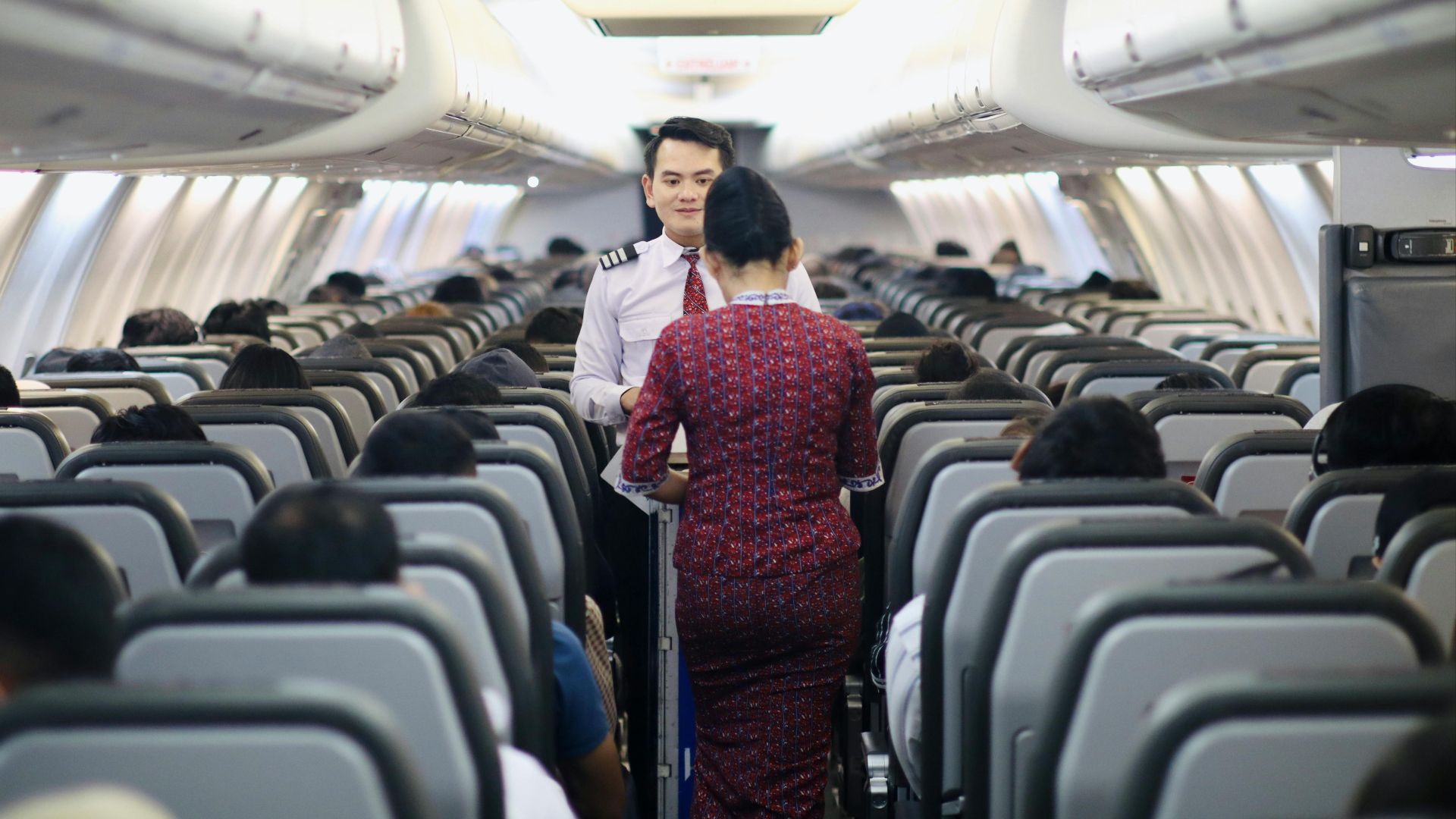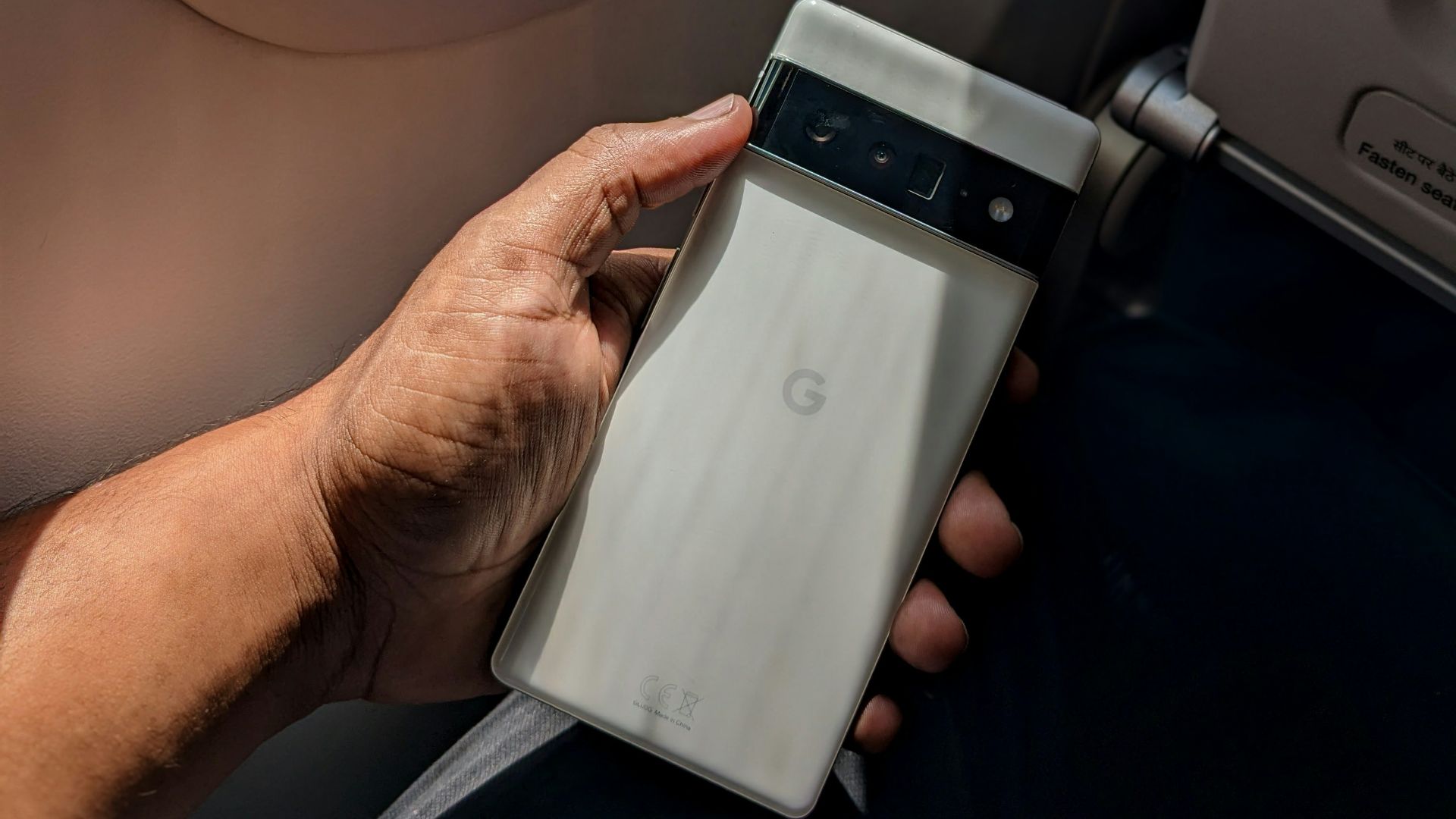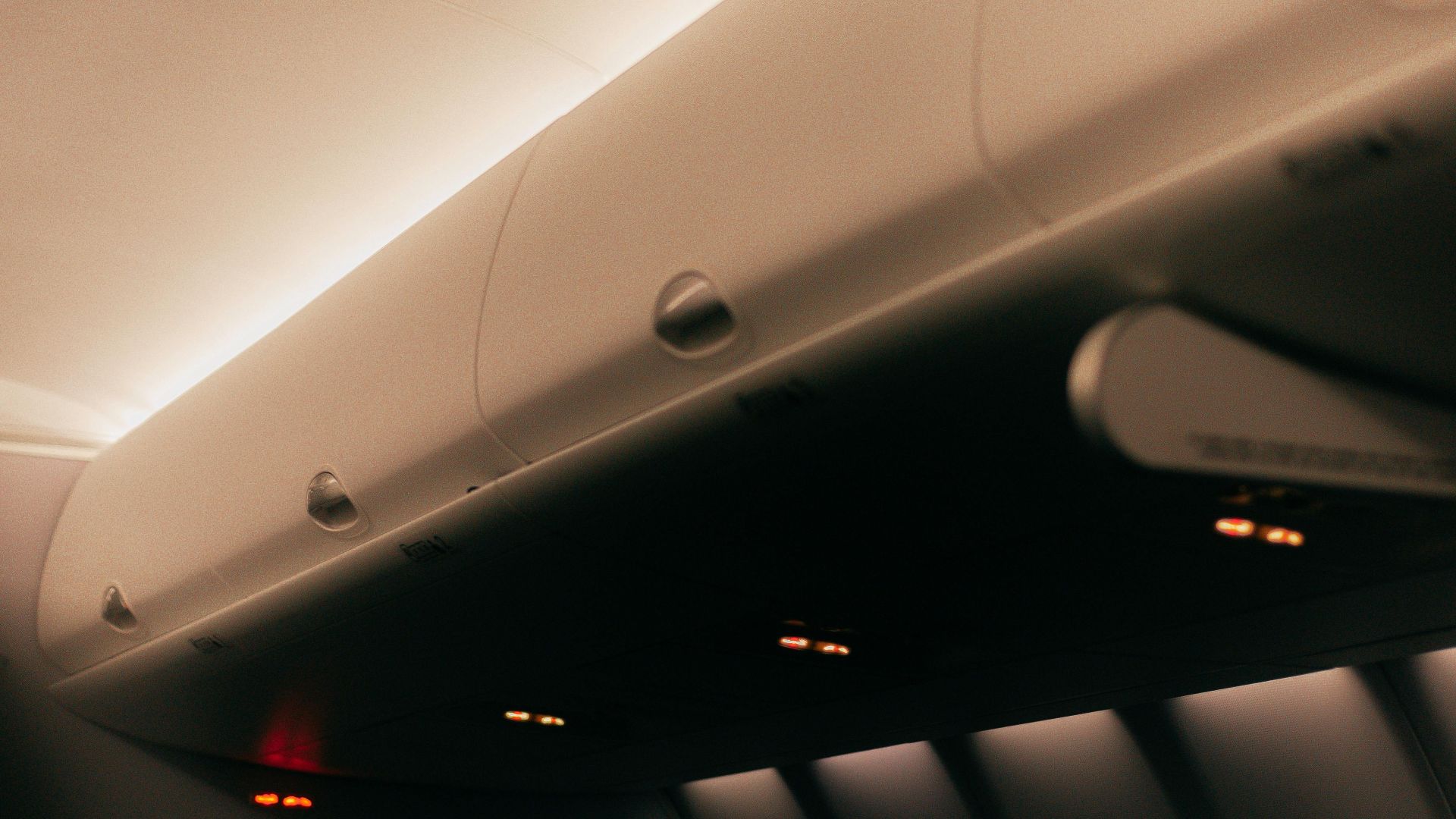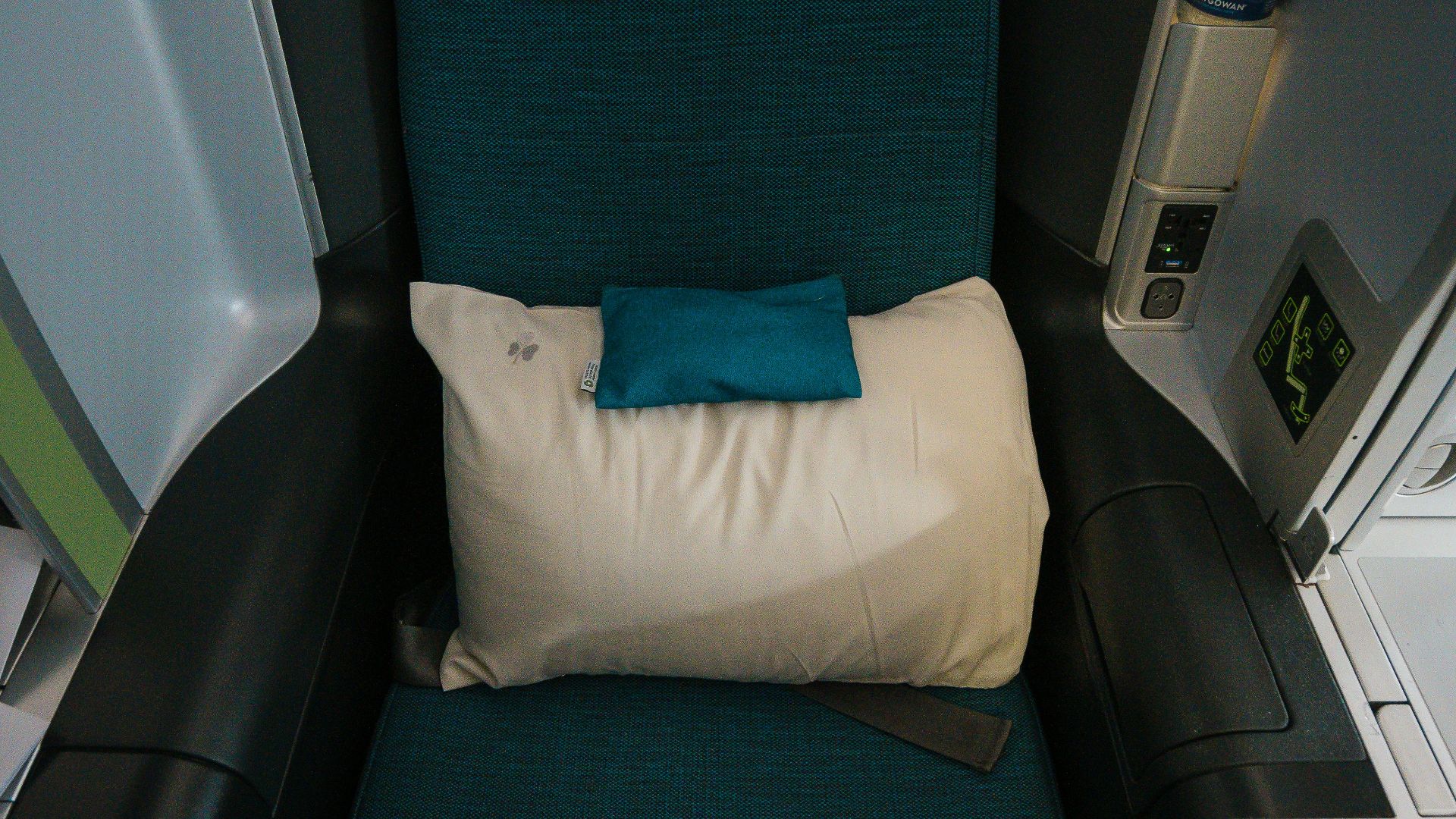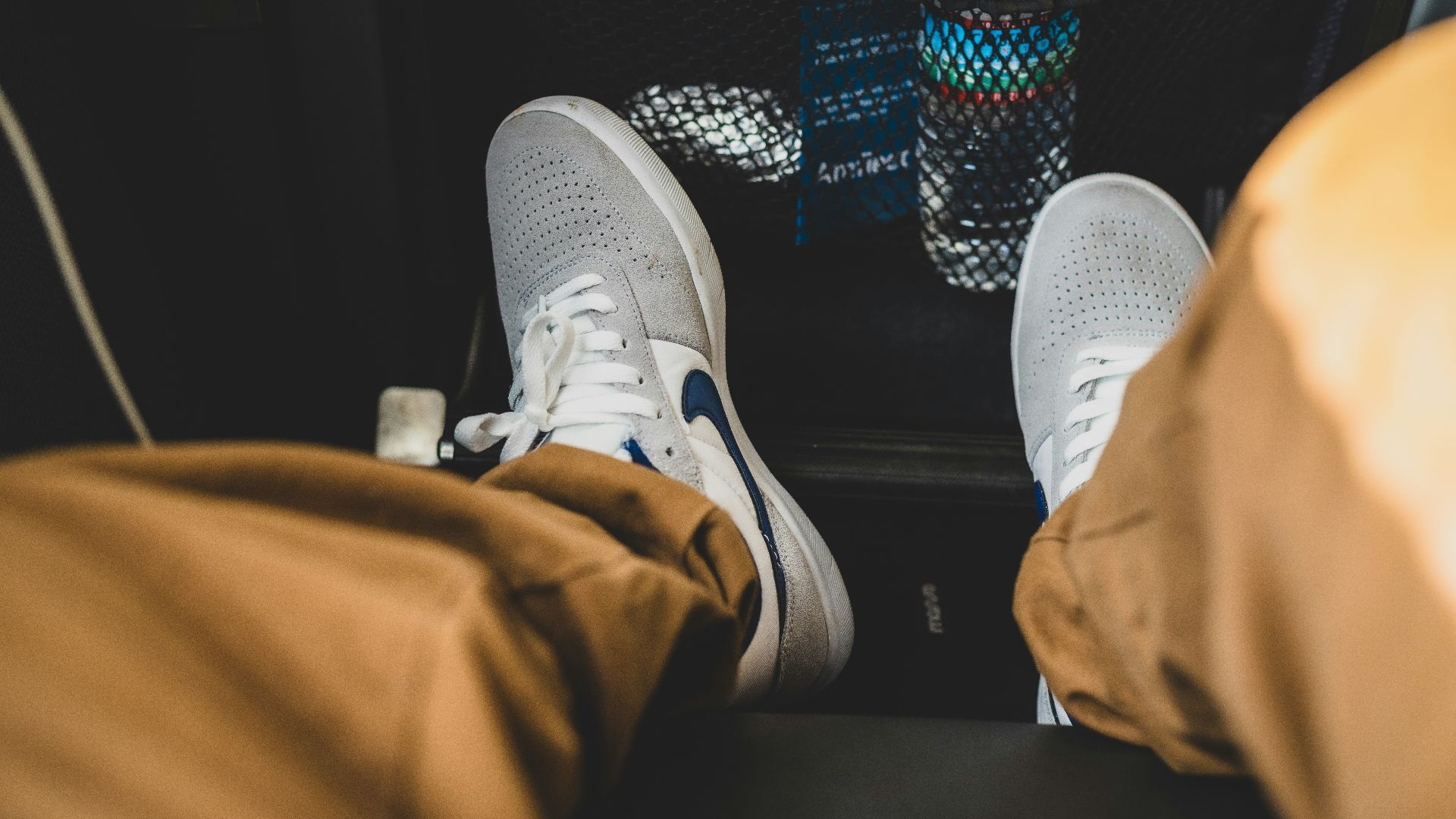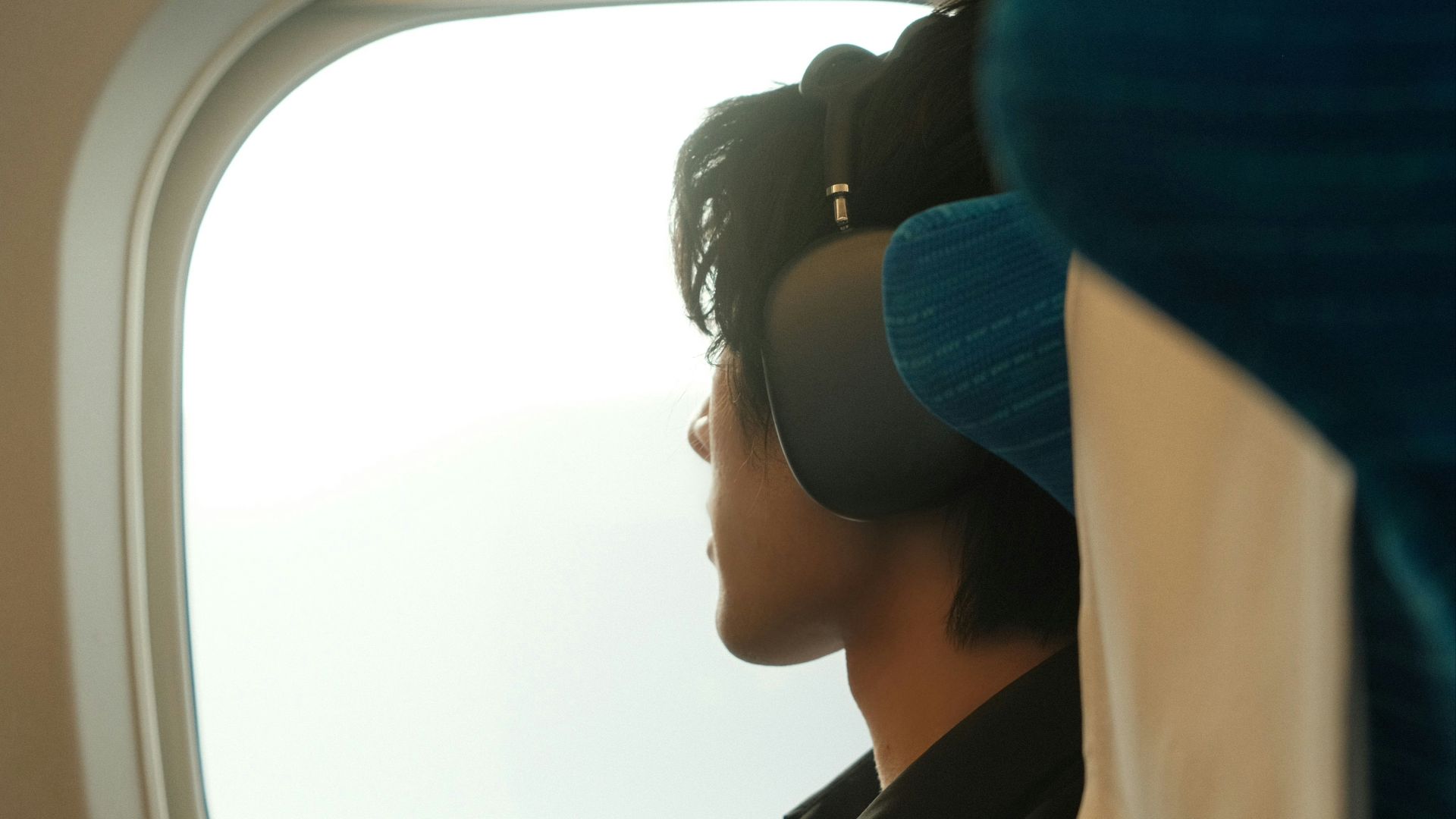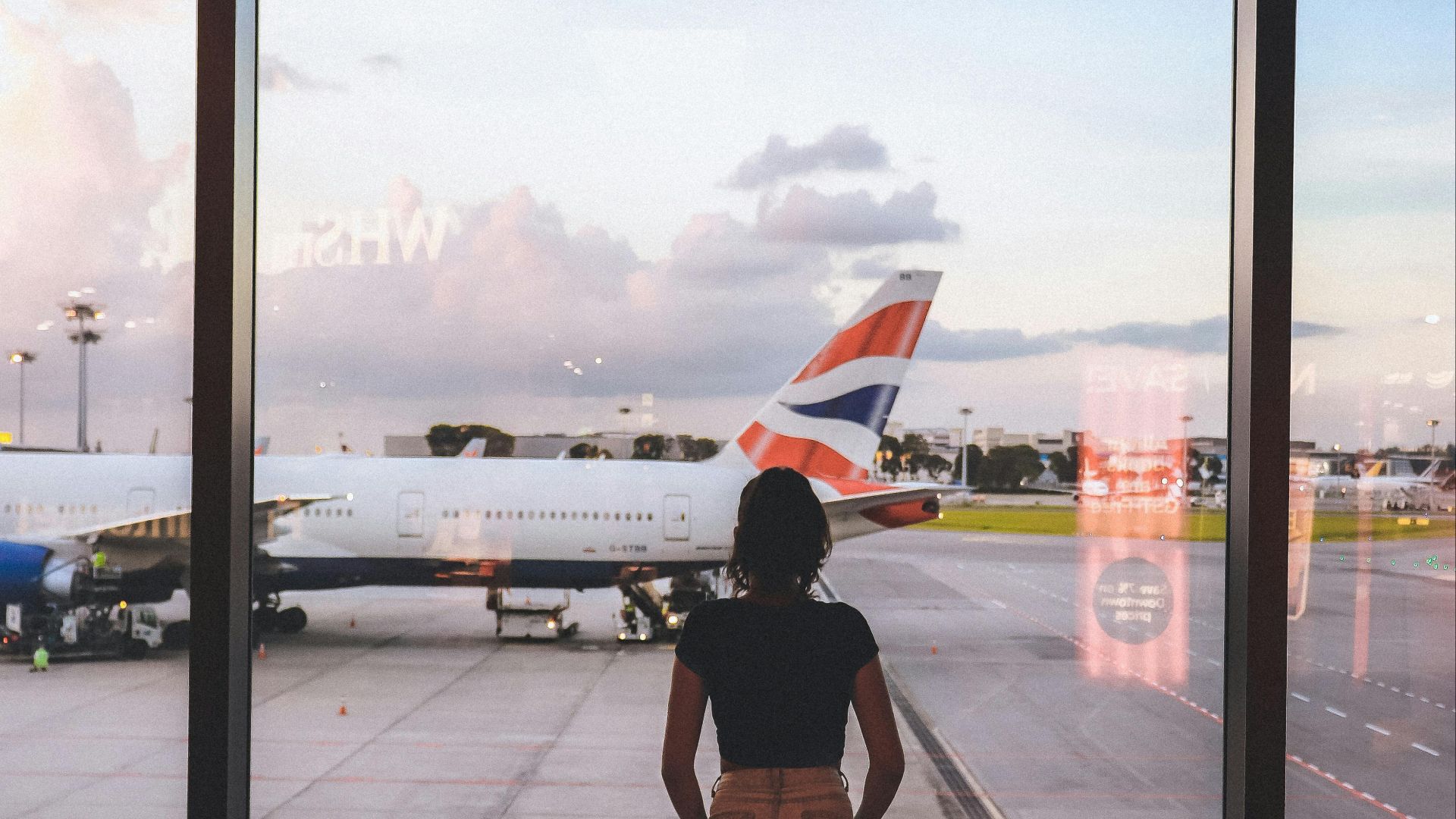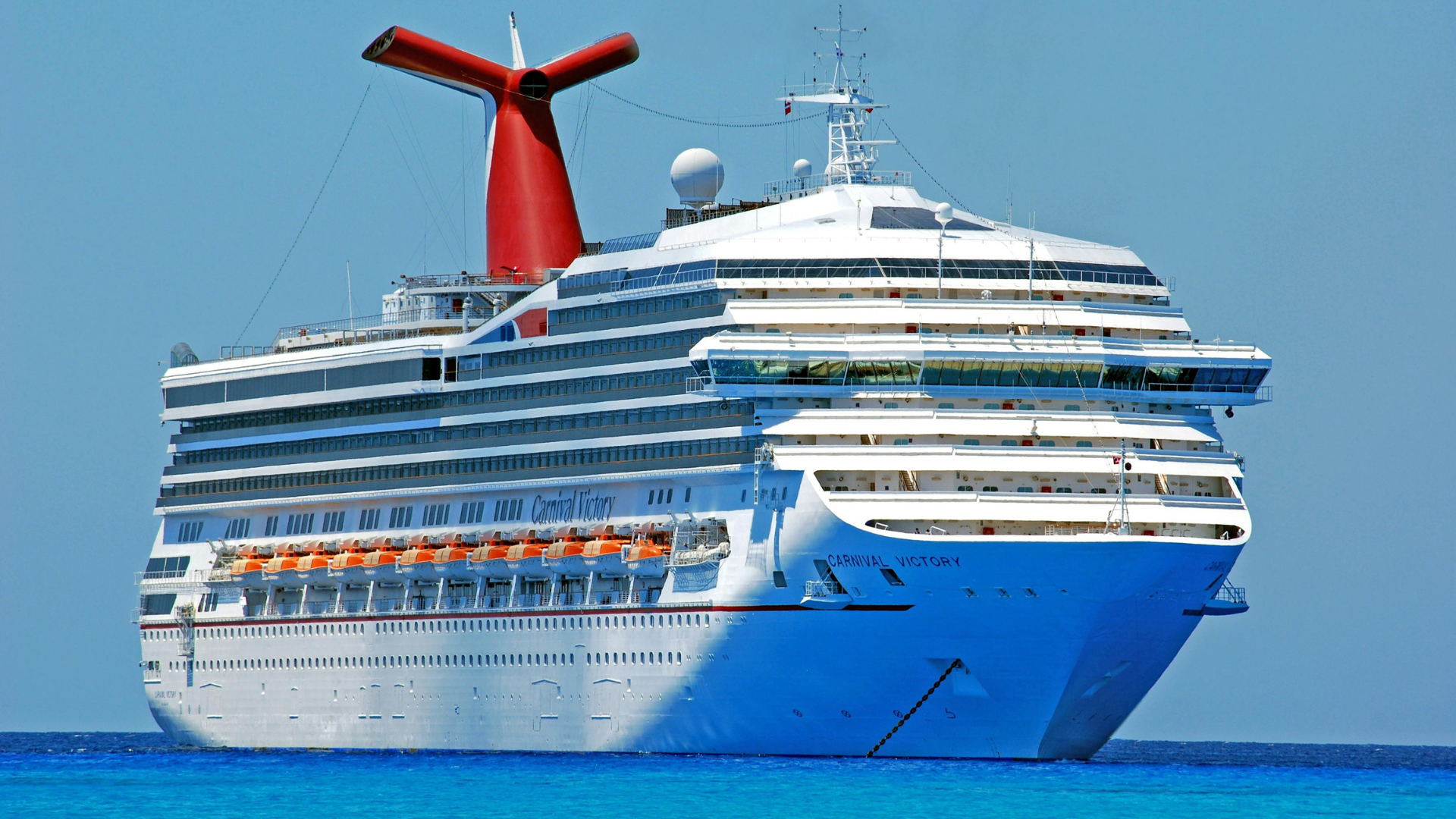Flying High And Feeling Fine
Cabin air gets stale fast, seats shrink by the hour, and time stretches longer than your layover. Yet, seasoned travelers seem to breeze through it all, barely ruffled or restless. Their secret is less about luck and more about knowing what truly matters at 30,000 feet. If you're ready to embrace comfort, here are 20 clever ways to turn your next flight into a smooth experience.
1. Stay Hydrated
The air inside a plane cabin is drier than most deserts. That kind of low humidity saps moisture fast, leaving skin flaky and lips cracked. Sipping water steadily—not in gulps—keeps your body balanced through the hours.
2. Move Around To Prevent DVT
Long stretches of stillness can quietly set off circulation issues. Deep vein thrombosis is rare, but the stiffness and swelling are almost guaranteed. Walk the aisle from time to time. A little motion goes a long way in keeping things flowing below the waist.
3. Choose Seats With Room To Breathe
Seat pitch and recline aren't just numbers—they’re how your spine survives 10 hours in the air. Cramped angles tire out your back faster than you’d expect. Opt for seats that let you tilt and stretch, especially on longer legs of your trip. That extra inch makes all the difference.
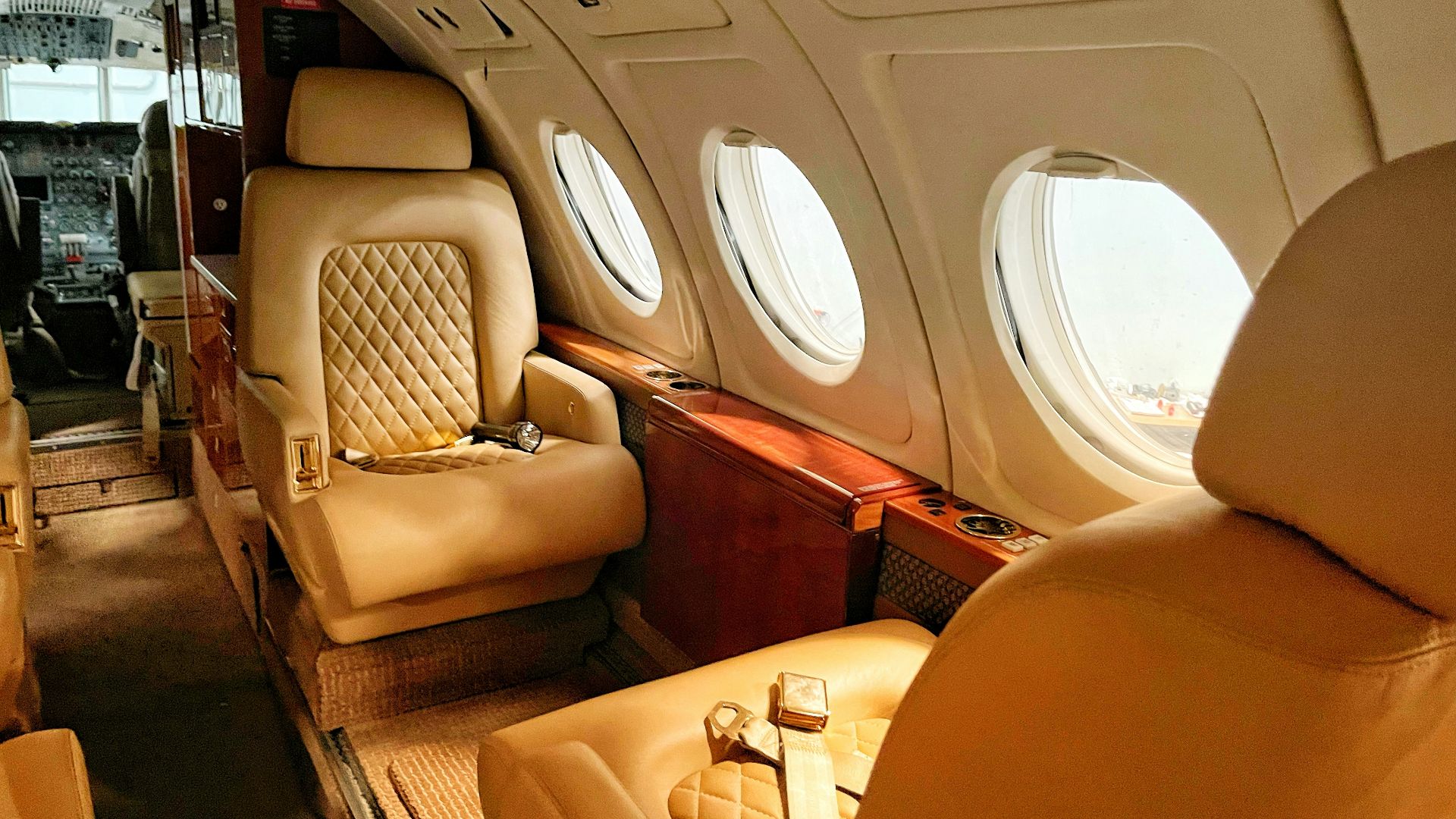 Yaroslav Muzychenko on Unsplash
Yaroslav Muzychenko on Unsplash
4. Use Neck Support
Resting upright isn’t natural for the neck. That’s where a well-shaped pillow saves the day—holding your head in place so you don’t wake up with a kink. Even a hoodie rolled into a donut shape can ease the pressure.
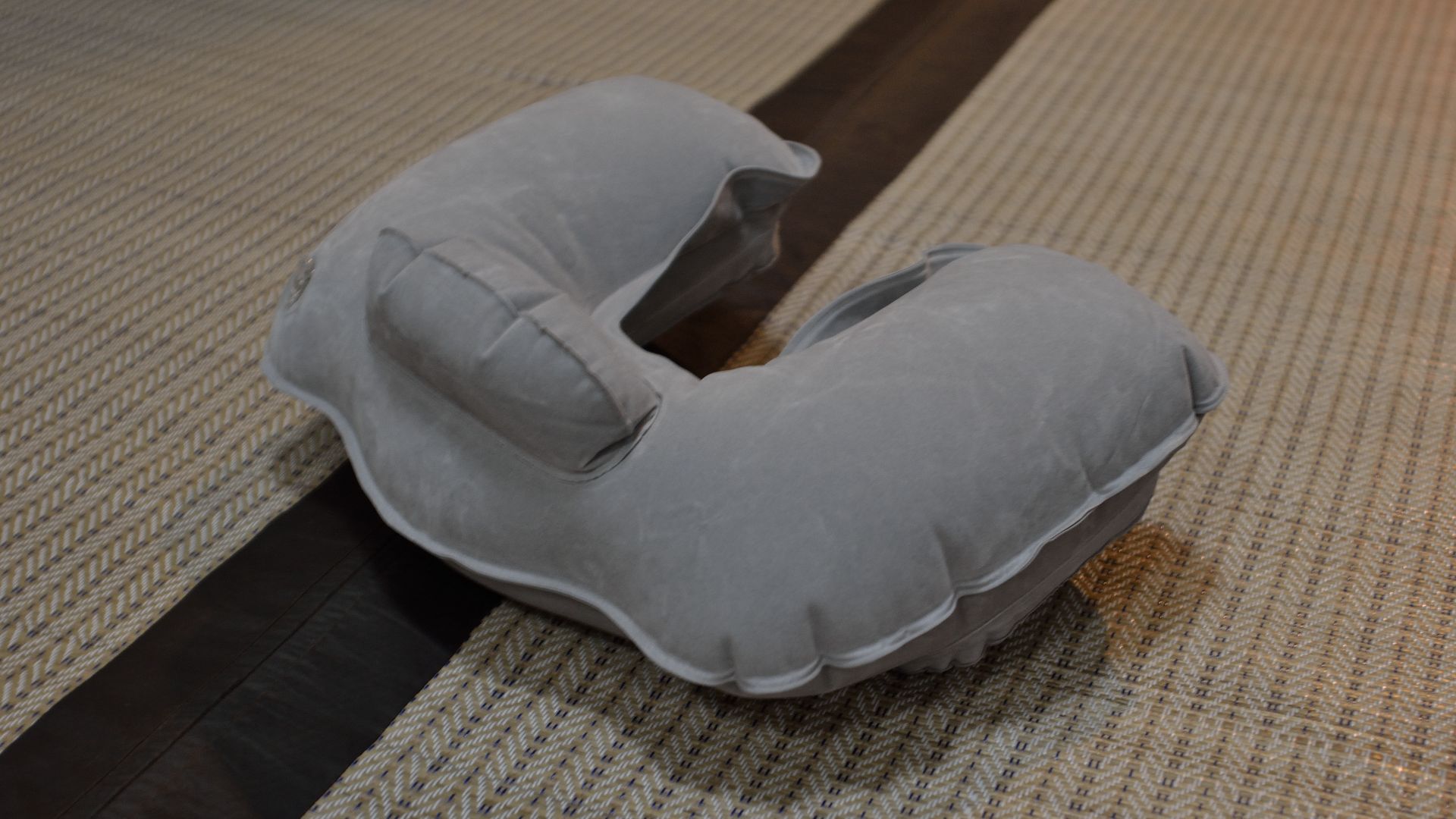 Takahiro Yamagiwa on Wikimedia
Takahiro Yamagiwa on Wikimedia
5. Wear Loose, Layered Clothing
Forget stiff jeans and tight waistbands. The best in-flight outfits feel like loungewear but look put-together. Layering helps you adjust to shifting cabin temps while keeping movement easy. Closed-toe shoes and cozy socks are a comfort win that you’ll be glad you packed.
6. Pack Moisturizers And Eye Drops
Dry eyes and sinus flare-ups are all-too-common mid-flight annoyances. A dab of lotion or a quick mist can refresh more than just your face. Eye drops also bring welcome relief, especially for contact lens wearers. Tiny toiletries can fight big discomfort.
 Vámosi István “MINRO” on Pexels
Vámosi István “MINRO” on Pexels
7. Manage Sleep Strategically
Falling asleep in the sky isn’t just about luck but about habits and setting the scene. Skip caffeine and practice sleeping tricks to see which works for you. These small cues can trick your body into slowing down, even as you speed toward another time zone. 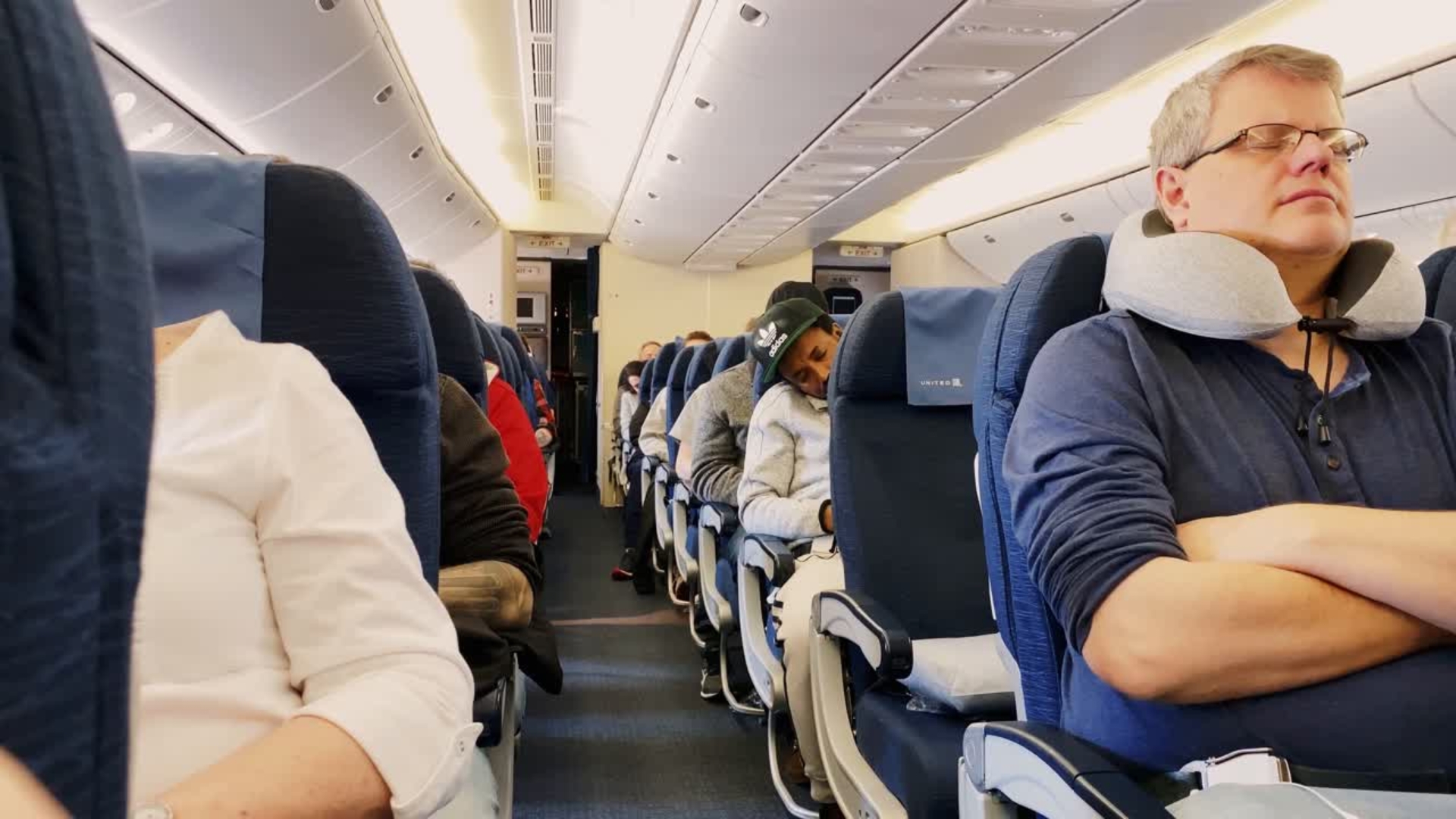 Kelly on Pexels
Kelly on Pexels
8. Bring Healthy Snacks
Smart snacks can stabilize your digestion and sleep. Light bites—like nuts or low-sodium crackers—won’t leave you feeling sluggish or bloated. Skipping the salty pretzels and greasy meals is a power move, and your stomach will thank you once you land.
9. Use Compression Socks
Gravity doesn’t play fair at altitude. Legs swell, and circulation slows. Pulling on compression socks gives your lower body a boost, reducing discomfort without any effort. They’re a game-changer for anyone spending more than a few hours in the same seat.
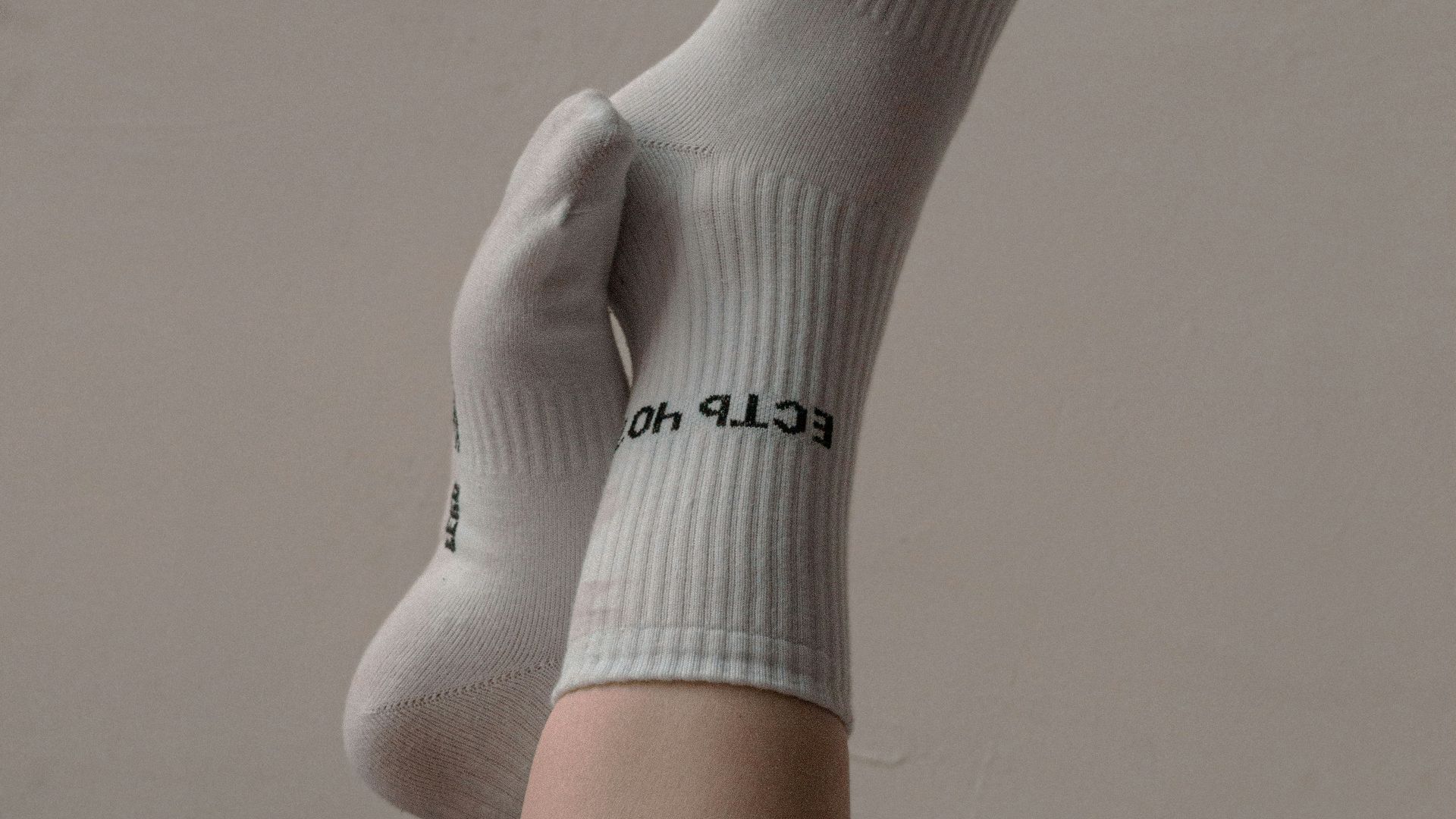 Ekaterina Brycheva on Unsplash
Ekaterina Brycheva on Unsplash
10. Pack Tech And Emergency Extras
A drained phone mid-flight can raise stress levels fast. Portable chargers and a clean shirt in your carry-on cover more than you think. Sneakers beat heels if there’s an emergency, and backups ease the sting of lost luggage.
11. Use Lighting To Reset Your Rhythm
Your body's clock doesn't care what your ticket says. Strategic lighting—think soft light before bedtime, natural light on arrival—helps ease the shock. Airlines like Qantas have tested this on ultra-long routes with great results. You’re not just chasing the sun but syncing with it.
12. Use Aromatherapy Or Air Refreshers
A swipe of lavender oil or a subtle spray of citrus can change your whole mood mid-flight. Scent is powerful—it relaxes and helps ground your nerves when space feels tight. Plus, it masks that stale cabin smell no one likes to talk about.
13. Support Your Lumbar Region
Back pain creeps in faster than you think at cruising altitude. A small pillow or rolled sweater placed behind your lower back can provide instant relief. Even minor lumbar support reduces fatigue and muscle tension. It’s a low-effort fix that delivers high returns in comfort.
14. Bring Sleep Aids (Such As Masks And Headphones)
The engine hums and chatty neighbors can ruin a nap fast. That’s why seasoned flyers swear by a full sensory block: eye mask and noise-canceling headphones. Together, they create a bubble of calm. Lean into a window and shut the world out.
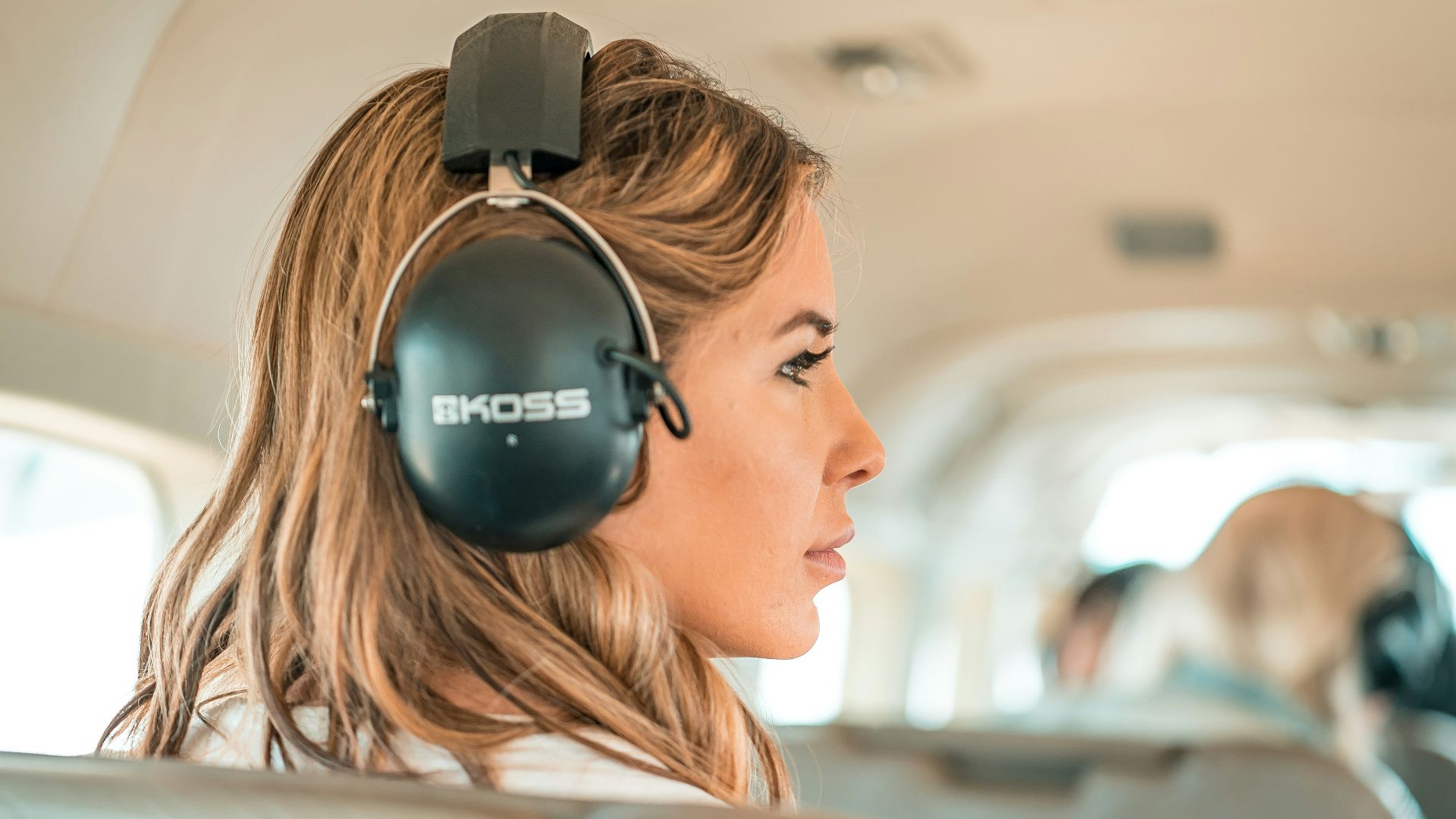 Westwind Air Service on Unsplash
Westwind Air Service on Unsplash
15. Mind Your Jet Lag
Flying across time zones throws your system into a tailspin. Jet lag can trigger sleep issues and even digestive discomfort. Managing shifting meal times and prepping your schedule days ahead helps ease the transition. It’s about syncing your entire rhythm.
16. Stretch In-Seat
Even small stretches can keep stiffness at bay. Shoulder rolls and gentle neck tilts help maintain blood flow without needing to leave your seat. Some passengers swear by wiggling their toes to stay limber. The key is to move regularly.
17. Book Quiet Seat Location
Where you sit changes how your flight feels. The front section of the plane tends to be quieter and smoother, while window seats offer fewer interruptions. Steer clear of rows near bathrooms or galleys. Choose wisely, and you won’t be battling turbulence and foot traffic.
18. Pre-Flight Preparation
A little movement before you fly can make hours of sitting far more tolerable. Stretching or walking helps loosen tight muscles and primes your body for stillness. If you're taking a red-eye, avoiding screens in the evening can aid the transition into sleep.
19. Bring A Foot Rest Or Hammock
Economy seats aren't known for legroom, but a compact foot hammock or inflatable rest changes that. Lifting your legs encourages circulation and eases lower body tension. Frequent travelers find they fall asleep faster with proper foot support.
20. Bring Personal Entertainment
Having something to watch or play is calming. Engaging media distracts from turbulence, boredom, or in-flight anxiety. Red-eye flights especially benefit passengers who bring movies or podcasts that ease them into rest. Just don’t forget to charge your device or download content before takeoff.




